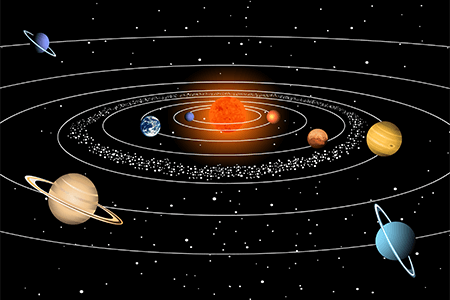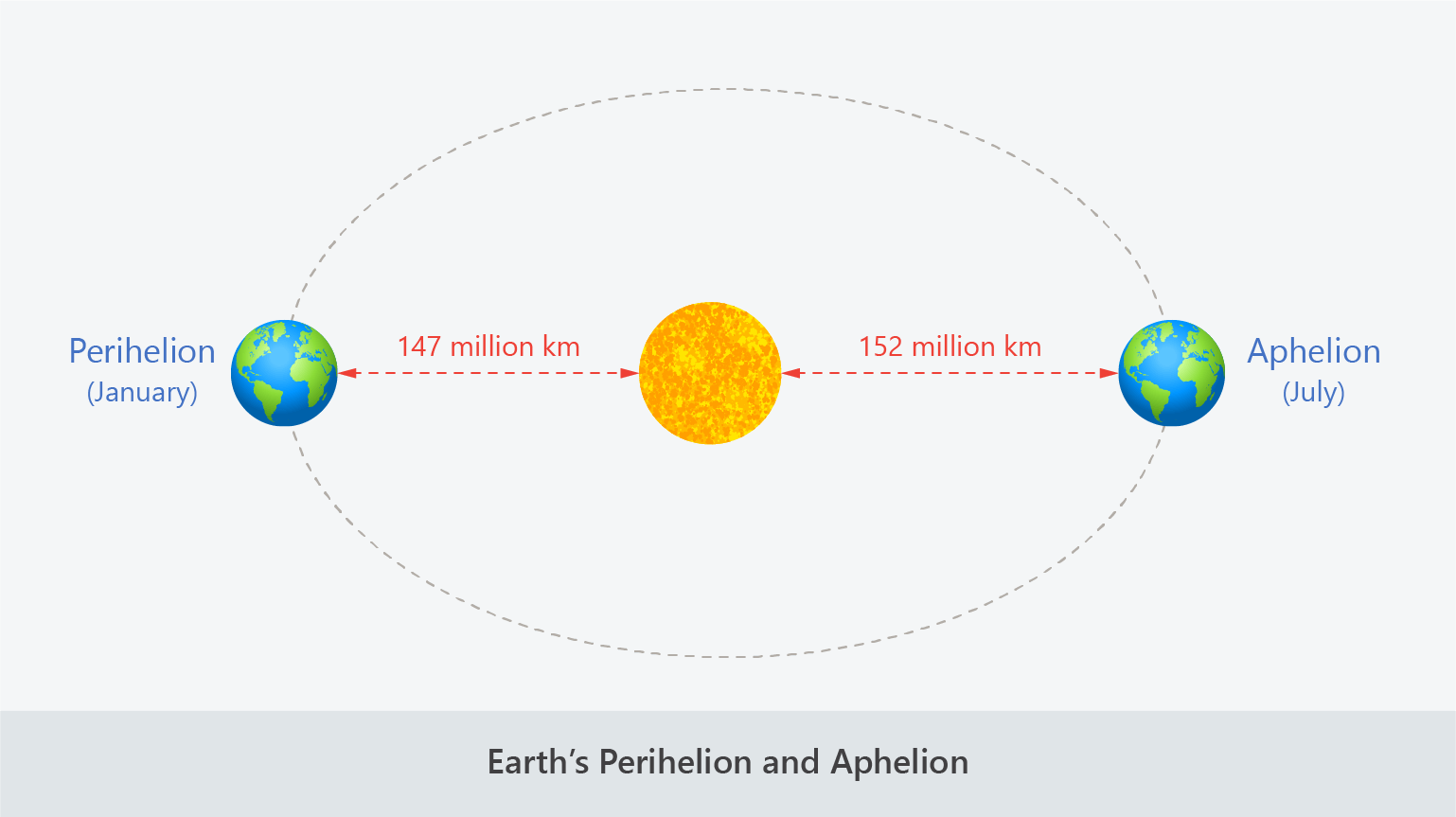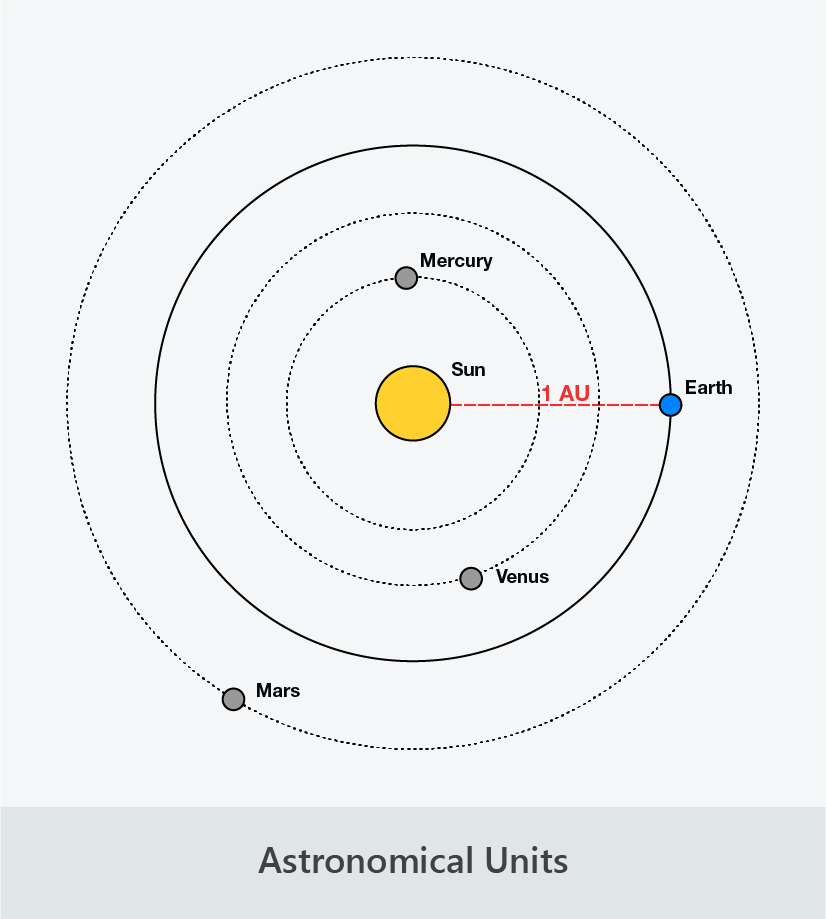5 | Planetary Orbits
Planetary Orbits
- All of the planets orbit the sun on an imaginary flat surface called the ecliptic plane.
- The orbits of the planets are slightly elliptical (oval-shaped).
- This means that their distance from the sun varies throughout their orbit.
- The point in a planet’s orbit that is closest to the sun is called its perihelion.
- The point in a planet’s orbit that is furthest from the sun is called its aphelion.

All planets in the solar system have elliptical orbits lying on the same plane.
(Image: matamu, Adobe Stock)
Earth’s Orbit
- Due to its slightly elliptical orbit, Earth’s distance from the sun varies slightly throughout the year.
- Earth’s closest distance to sun is about 147 million km, which occurs in early January – during summer in the southern hemisphere and winter in the northern hemisphere.
- Earth’s furthest distance from the sun is about 152 million km, which occurs in early July – during winter in the summer hemisphere and summer in the northern hemisphere.

Earth’s distance from the sun varies slightly throughout the year.
Astronomical Units
- Earth’s average distance from the sun is approximately 150 million km.
- This distance is also known as one astronomical unit.
- Astronomical units are useful for measuring distances within the solar system as they are much simpler to work with than units such as ‘hundreds of millions of kilometres’ and they put distances in better perspective by relating them to Earth’s distance from the sun.

Earth’s average distance from the sun is equal to one astronomical unit.
(Image: Maxmath12, Wikimedia Commons)
Quizzes

